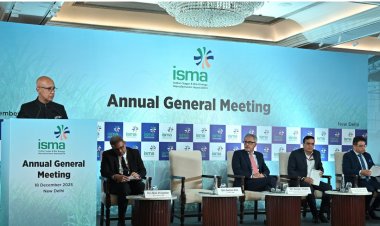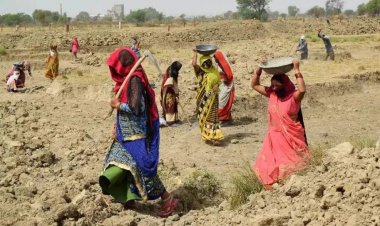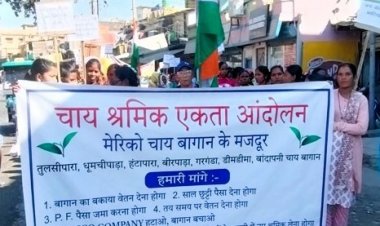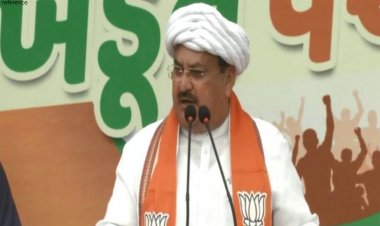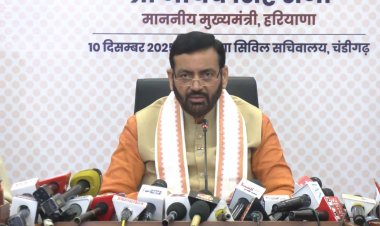Due to the weak monsoon last year, there was a possibility of a huge decline in sugar production in Maharashtra and Karnataka in the current crushing season (2023-24). Because of this situation, Uttar Pradesh was one time seen to be emerging as the top sugar-producing state in the country. But as the season progressed, the situation reversed. The figures of sugar production in Uttar Pradesh are coming close to last year or slightly less.
Industry sources told Rural Voice that sugar production in Uttar Pradesh this year is likely to be around 105 lakh tonnes as sugar mills are closing down soon due to a shortage of sugarcane in the state. At the beginning of the season, the possibility of sugar production in Uttar Pradesh was 110 lakh tonnes. After improvement in sugarcane crops in Maharashtra due to rains in November-December, the production can reach 106 to 107 lakh tonnes. The total sugar production in the country is estimated to be 320 lakh tonnes.
According to industry sources, there has been a decline in sugarcane production in Uttar Pradesh this year. Excessive rainfall and floods in the early days of monsoon damaged sugarcane crops in some parts of the state. At the same time, there was an outbreak of diseases in the sugarcane crop. Red Rot and Borer Diseases caused heavy losses in CO 0238, the most planted sugarcane variety. The difficulty faced by farmers is that they are not able to find any other successful variety to replace the 0238 variety of sugarcane.
Experts say that it is the responsibility of the state government to provide seeds of new varieties to the farmers. But in this matter farmers are not getting much help from the government. Sugarcane farmers have to make efforts at individual level to replace the variety, which is not very practical.
This season, the state government announced the State Advisory Price (SAP) for sugar mills quite late. The crushing season starts from October, while the UP government announced an increase in sugarcane rate by Rs 20 to Rs 370 per quintal on January 18. Meanwhile, farmers on a large scale supplied sugarcane to Gur Khandsari units as better rates were available there. Jaggery and Khandsari units paid SAP or even more and gave money to farmers in cash or in their accounts. Due to this, they got more sugarcane.
An official associated with the sugar industry told Rural Voice that due to 2024 being an election year, the demand for jaggery is high this time and the prices of jaggery have been good. There was no ban on the export of Khandsari. Khandsari units also benefited from this because sugar prices are much better in the global market. Recently, the price of London white sugar reached more than Rs 48 per kg.
The situation of sugar production in Maharashtra started improving in January. Prakash Nayakanavare, Managing Director of the National Federation of Cooperative Sugar Factories Limited (NFCSF) told Rural Voice that sugarcane production in Maharashtra has improved due to rains in November-December and due to this, sugar production in the state is expected to reach 106 to 107 lakh tonnes. There is a possibility that in such a situation, the decline in sugar production in Uttar Pradesh will be compensated by Maharashtra and the total sugar production in the country is estimated to be 320 lakh tonnes. This quantity is apart from the 17 lakh tonnes of sugar diverted for ethanol.
Industry sources told Rural Voice that the gross production of sugar in the current season is likely to be 337 lakh tonnes, which is about 8 per cent less than the grass production of 366 lakh tonnes last year. Last year, 45 lakh tonnes of sugar was diverted for ethanol production. So far this year, the government has set a limit of 17 lakh tonnes of sugar diversion.
In such a situation, the industry believes that the availability of sugar at the end of the sugar season will be 377 lakh tonnes along with the outstanding stock of last year's 57 lakh tonnes. The estimated consumption of sugar in the country is 285 lakh tonnes. In such a situation, there is about 92 lakh tonnes of excess sugar in the country. Based on the standards, there should be an outstanding stock of 60 lakh tonnes of sugar in the country as on October 1, whereas based on production estimates, the outstanding stock this year will be more than this.
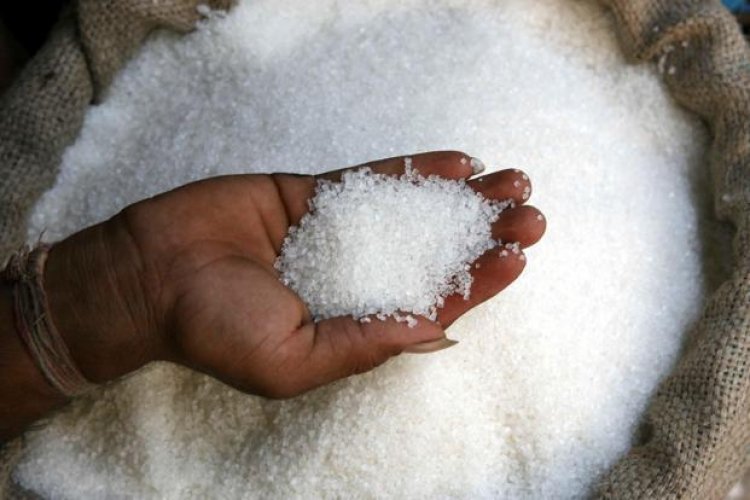



 Join the RuralVoice whatsapp group
Join the RuralVoice whatsapp group



















